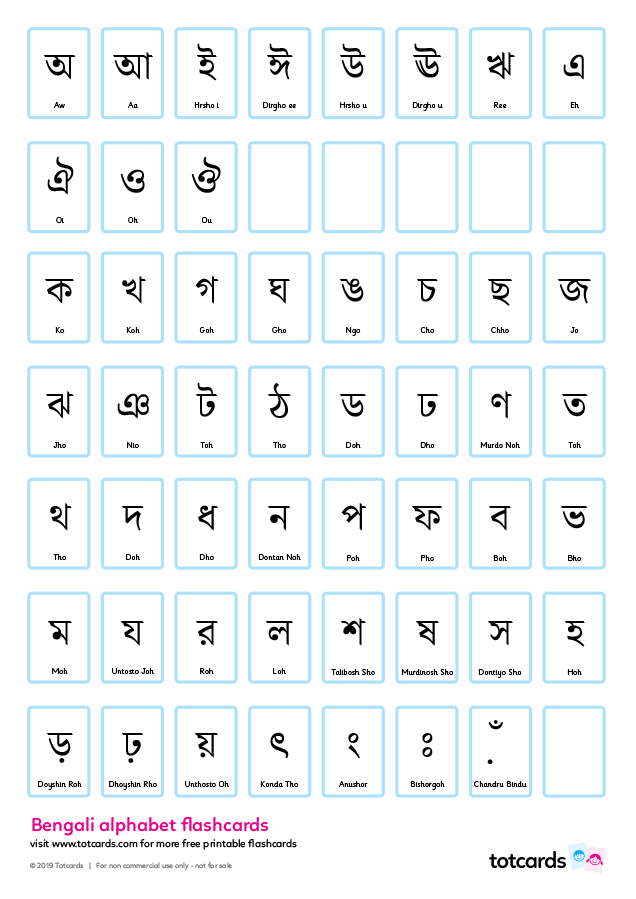

Velar/Guttural vowels are pronounced near the back of the throat, as the "a" in "amid".The vowels in Hindi are likewise ordered scientifically. Thisįact is a testament to the advanced state of the study of phonetics in ancient India. Note that if you read the chart from left to right and top to bottom, itĬorresponds to the ordering of the letters in Devanagari! This is remarkableīecause this has been the ordering of the Devanagari script for centuries. Next, consider the ordering of the same 25 consonants in the Now, consider the following chart of the first 25 consonants of the Devanagari script: "n" in "English", the "n" in "punch", and the "m" in "me". Examples of nasal consonants in English include the Nasal consonants are pronounced with some air flowing.Aspirated consonants are pronounced with a strongīreath of air following the consonant, as the "p" in "pit".Contrast the pronunciation of the "p" in "spit" and the "p" in "pit" the former is unaspirated, whereas the latter is aspirated. Without a breath of air following the consonant. Examples of voiced consonants in English include the "z" in "zoo", and the "g" in "good". Include the "s" in "sit", the "p" in "pit", the "t" in "time", etc. Examples of unvoiced consonants in English Labial consonants in English include the "p" in "pit", the "b" in "boy", and theĬonsonants can also be classified according to their manner of articulation. Labial consonants are pronounced with the lips.

Examples of dental consontants inĮnglish include the "th" in "the", and the "th" in "thin". Touching the back of the upper front teeth.

Examples of velar consontants in English include "k"


 0 kommentar(er)
0 kommentar(er)
